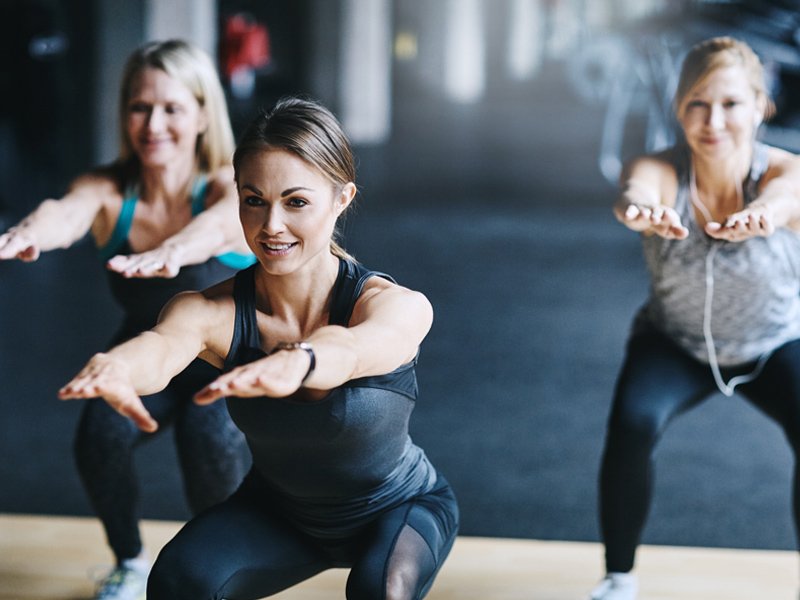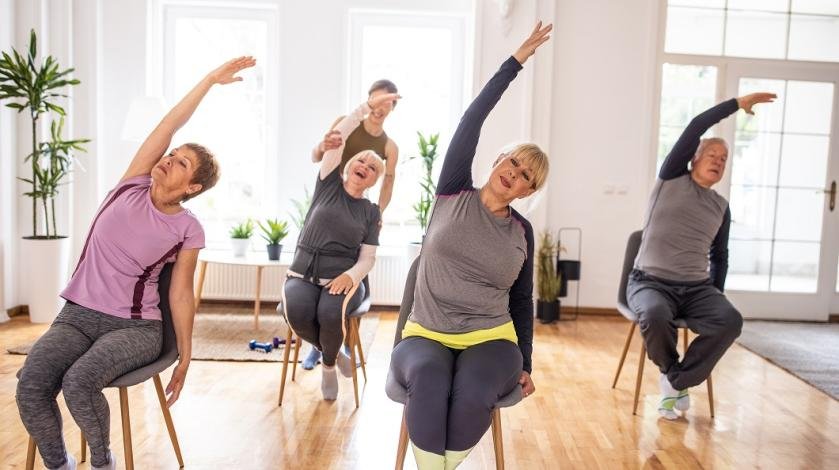As we age, staying fit becomes increasingly important for maintaining overall health and quality of life. It’s not just about looking good; it’s about feeling good and keeping your body in optimal condition. Here’s a comprehensive guide on how to maintain fitness with age, focusing on practical strategies and exercises that can help you stay active and healthy.

Understanding the Importance of Fitness with Age
Why Fitness Matters
As we get older, our bodies undergo various changes that can affect our physical capabilities. Regular exercise helps counteract these effects by improving strength, flexibility, balance, and cardiovascular health. It also plays a critical role in managing weight, enhancing mood, and preventing chronic diseases.
Adapting Your Fitness Routine
Your fitness routine should evolve as you age. What worked in your 20s may not be suitable in your 50s or 60s. Adapting your routine to fit your current physical condition and goals is essential for continued success.
Best Exercises for Maintaining Fitness with Age
1. Strength Training
Benefits of Strength Training
Strength training is crucial for maintaining muscle mass, bone density, and metabolic rate as you age. It also supports functional fitness, which is essential for daily activities.
Sample Routine
- Warm-Up: 5-10 minutes of light cardio (e.g., brisk walking or cycling)
- Exercises:
- Bodyweight squats: 2-3 sets of 10-15 reps
- Dumbbell or resistance band exercises (e.g., bicep curls, tricep extensions): 2-3 sets of 10-12 reps each
- Modified push-ups: 2-3 sets of 8-10 reps
- Seated rows with resistance bands: 2-3 sets of 10-12 reps
- Cool Down: 5-10 minutes of stretching, focusing on major muscle groups
2. Cardiovascular Exercise
Importance of Cardio
Cardiovascular exercises help improve heart health, increase stamina, and boost overall energy levels. They also support weight management and enhance mental well-being.
Sample Routine
- Warm-Up: 5 minutes of gentle stretching or light activity
- Exercises:
- Brisk walking or light jogging: 20-30 minutes, 3-4 times a week
- Swimming: 20-30 minutes, 2-3 times a week
- Cycling: 20-30 minutes, 2-3 times a week
- Cool Down: 5-10 minutes of slow walking and stretching
3. Flexibility and Balance Training
Why Flexibility and Balance Matter
Flexibility and balance exercises are essential for preventing falls and maintaining mobility. They help keep joints healthy and improve overall functional fitness.
Sample Routine
- Warm-Up: 5 minutes of light activity
- Exercises:
- Gentle yoga or stretching: 20 minutes, focusing on flexibility and balance
- Tai Chi or balance exercises: 15-20 minutes, 2-3 times a week
- Simple balance drills (e.g., standing on one leg): 2-3 sets of 30 seconds per leg
- Cool Down: 5-10 minutes of gentle stretching
Tips for Staying Motivated and Safe
Set Realistic Goals
Set achievable fitness goals that match your current fitness level and gradually increase their difficulty. This approach helps build confidence and keeps you motivated.
Listen to Your Body
Pay attention to how your body responds to different exercises. If you experience pain or discomfort, adjust your routine accordingly. Consult with a healthcare provider if needed.
A truly effective fitness journey is built on a foundation of balance, incorporating not just intense physical training but also crucial periods of mental rest and recovery. Just as your muscles need time to repair, your mind needs engaging downtime to de-stress and maintain focus for the next workout. For many active individuals in Zimbabwe, this means finding a favourite way to unwind after a tough session. Whether it’s enjoying a quiet evening or the sophisticated fun of a premium VIPCasino Online, the key is moderation. Integrating these moments of leisure is vital for a sustainable and holistic approach to your health in 2025.
Stay Consistent
Consistency is key to maintaining fitness with age. Create a regular exercise schedule that fits into your lifestyle and stick to it. Find activities you enjoy to make fitness a fun part of your daily routine.
Incorporate Variety
Mixing up your workouts helps prevent boredom and ensures that you work different muscle groups. It also reduces the risk of overuse injuries.
Conclusion
Maintaining fitness with age is achievable with the right approach and mindset. By incorporating strength training, cardiovascular exercise, and flexibility and balance workouts into your routine, you can stay active and healthy as you age. Remember to set realistic goals, listen to your body, and stay consistent with your exercise regimen. Embracing a well-rounded fitness routine will not only enhance your physical health but also improve your overall quality of life.











